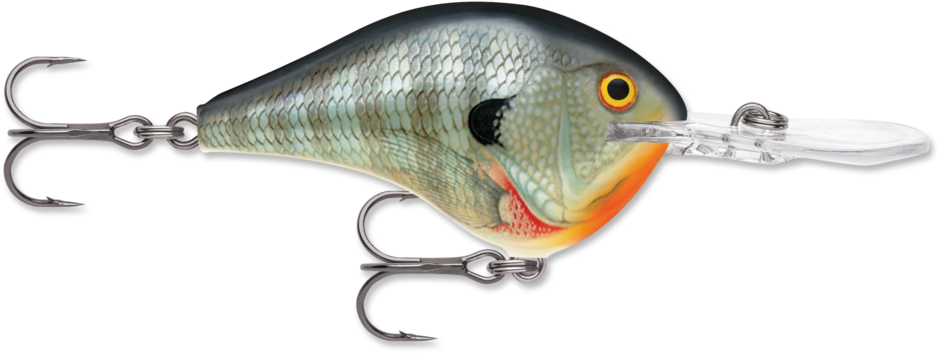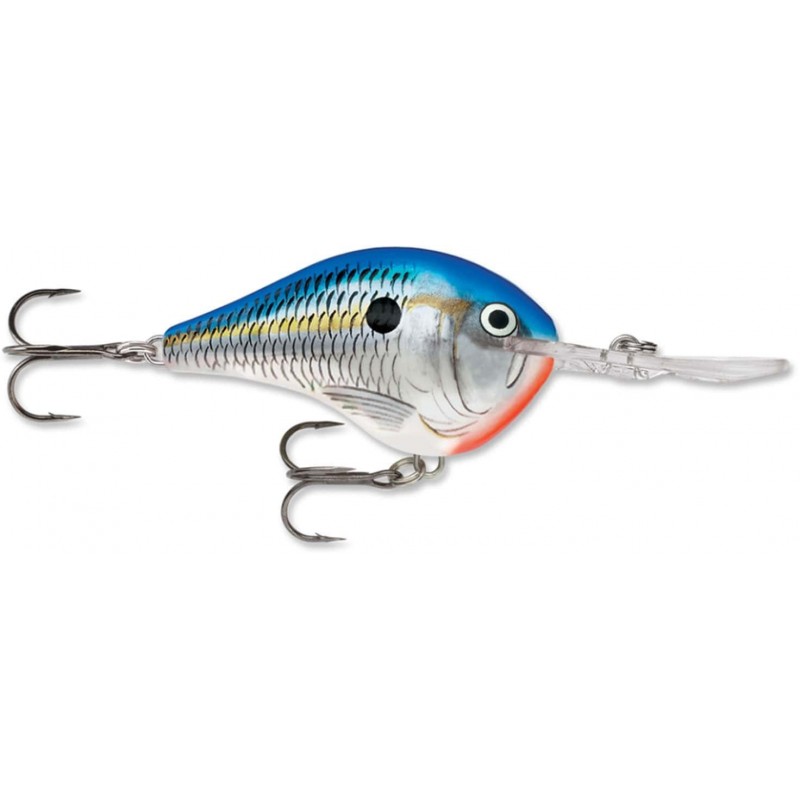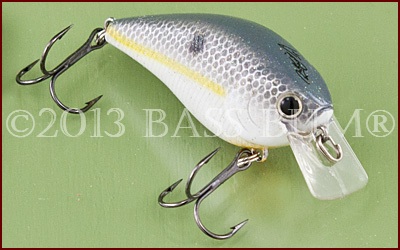
Vintage Custom Painted Rapala DT10 Crankbaits (READ) LOT OF 4

Rapala DT-10 Style Kos - Canada
The DT (Dives-To) series of crankbaits, dive fast to a preset depth and stay in the “strike zone” longer than any than other crankbait on the market. Made from the top seven percent of balsa wood, this consistently perfect wood combined with carefully placed internal weights, tapered fuselage and thin tail design creates the ultimate crankbait action, found only in the DT family. Ultra-thin polycarbonate lip digs the bait down quickly to desired depth.
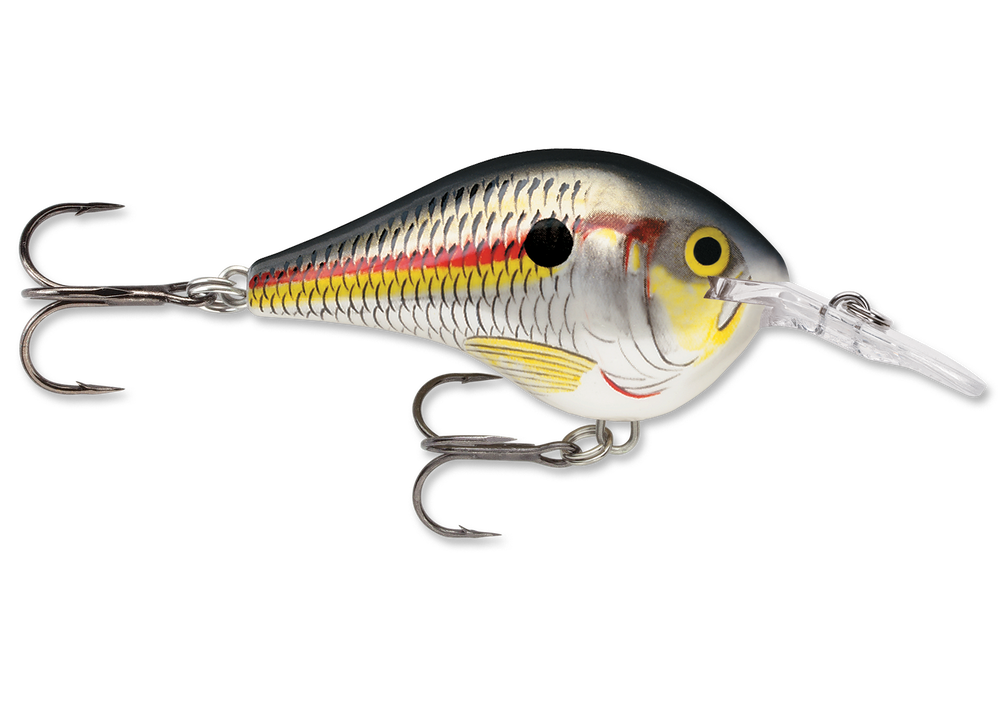
Rapala Dives-To Series 10 Shad
The DT (Dives-To) series of crankbaits, dive fast to a preset depth and stay in the “strike zone” longer than any than other crankbait on the market. Made from the top seven percent of balsa wood, this consistently perfect wood combined with carefully placed internal weights, tapered fuselage and thin tail design creates the ultimate crankbait action, found only in the DT family. Ultra-thin polycarbonate lip digs the bait down quickly to desired depth.

Rapala Dives-To Series 04 Baby Bass
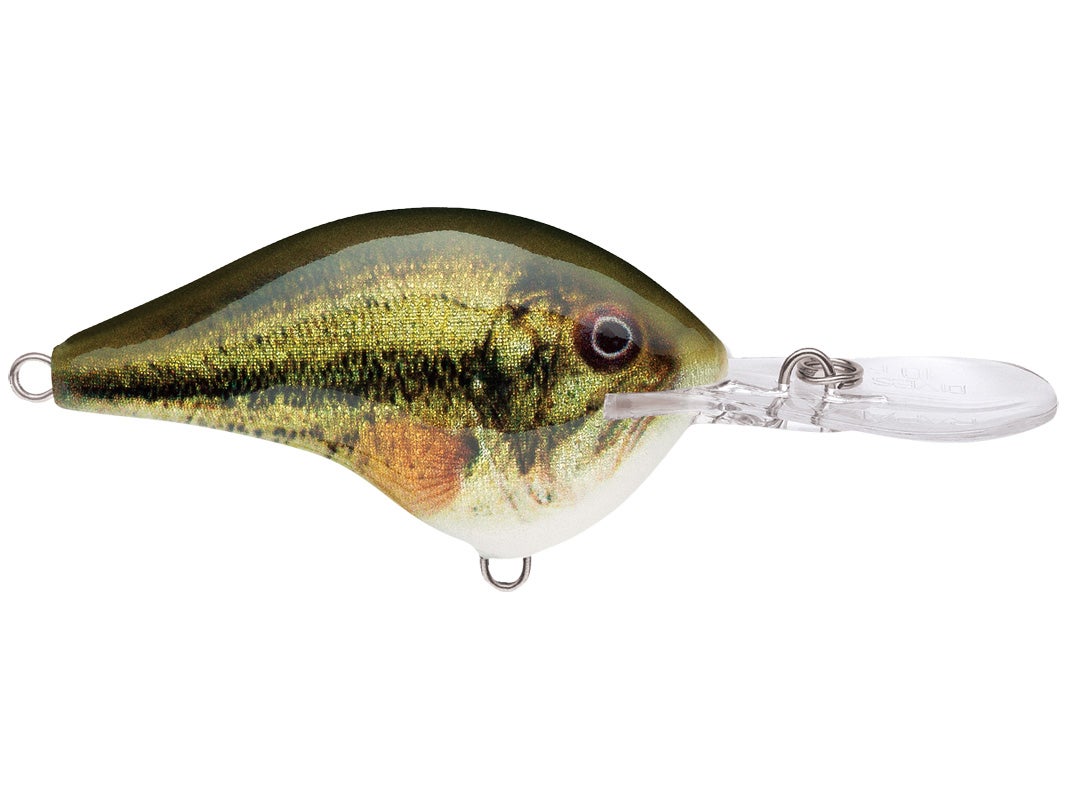
Rapala DT-4 Crankbaits - Angler's Headquarters
The DT (Dives-To) series of crankbaits, dive fast to a preset depth and stay in the “strike zone” longer than any than other crankbait on the market. Made from the top seven percent of balsa wood, this consistently perfect wood combined with carefully placed internal weights, tapered fuselage and thin tail design creates the ultimate crankbait action, found only in the DT family. Ultra-thin polycarbonate lip digs the bait down quickly to desired depth.
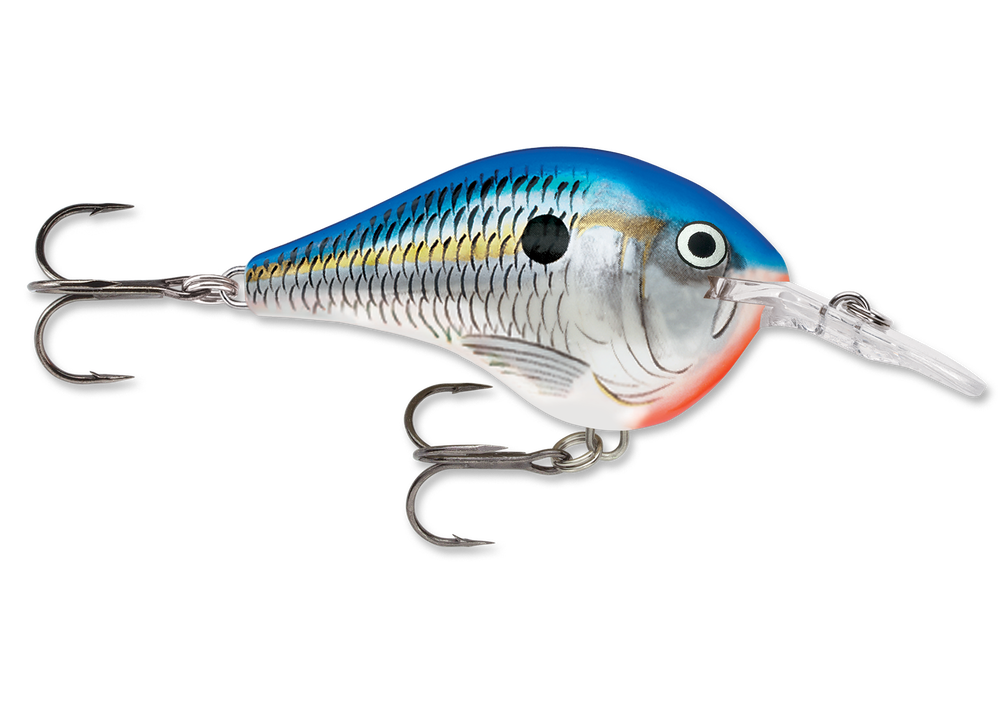
Rapala Dives-To Series 10 Blue Shad
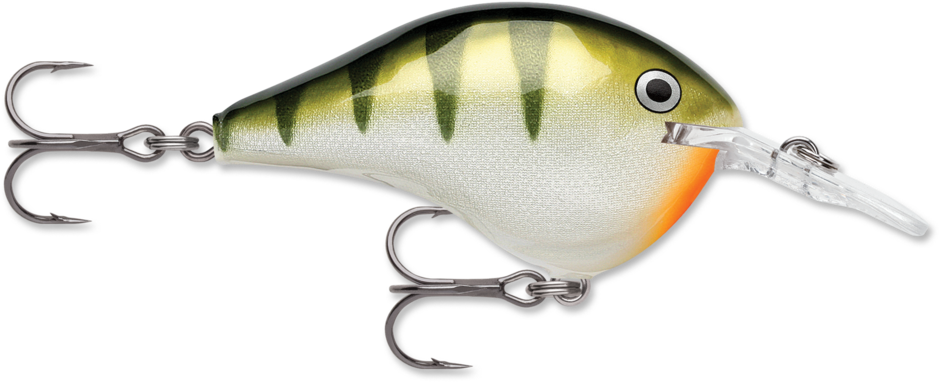
DT® (Dives-To) Series
8) RAPALA DT10 Fishing Lures Crankbaits Lot of 8, Discontinued Colors! $74.99 - PicClick
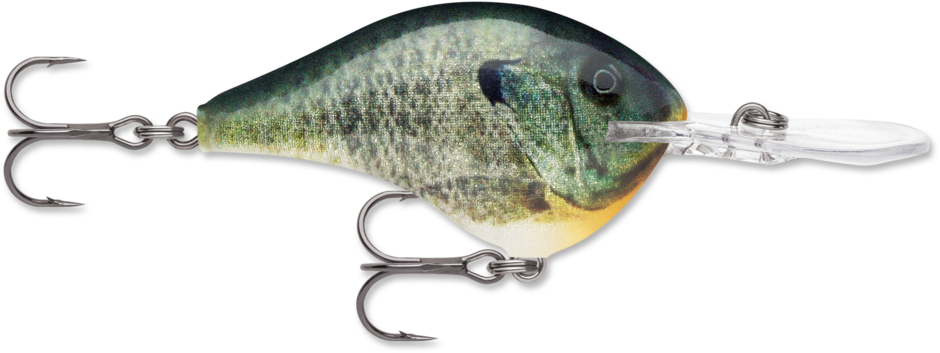
DT® (Dives-To) Series

Vintage Custom Painted Rapala DT10 Crankbaits (READ) LOT OF 4
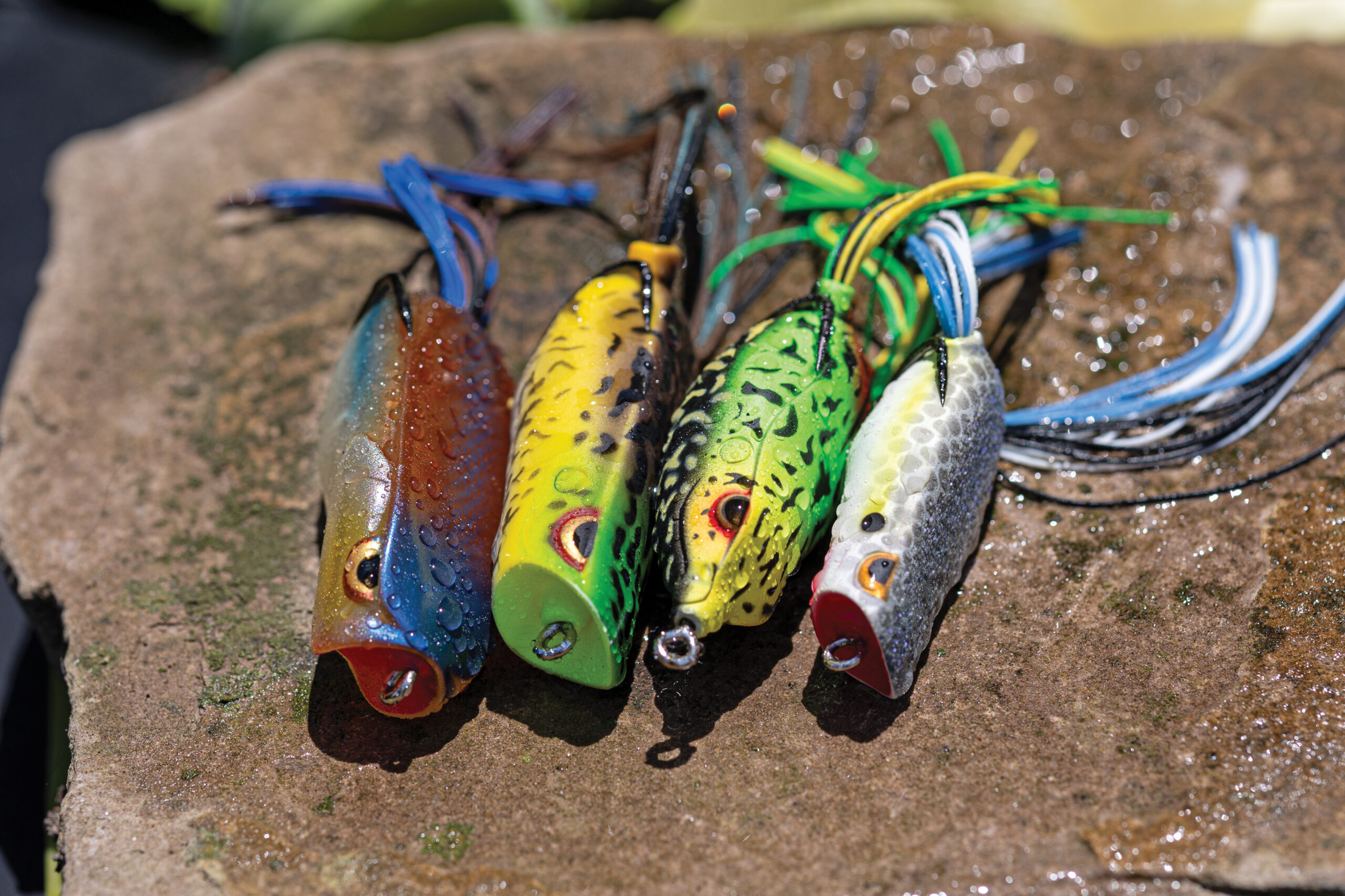
Hot tips to take your froggin' to the next level - Major League
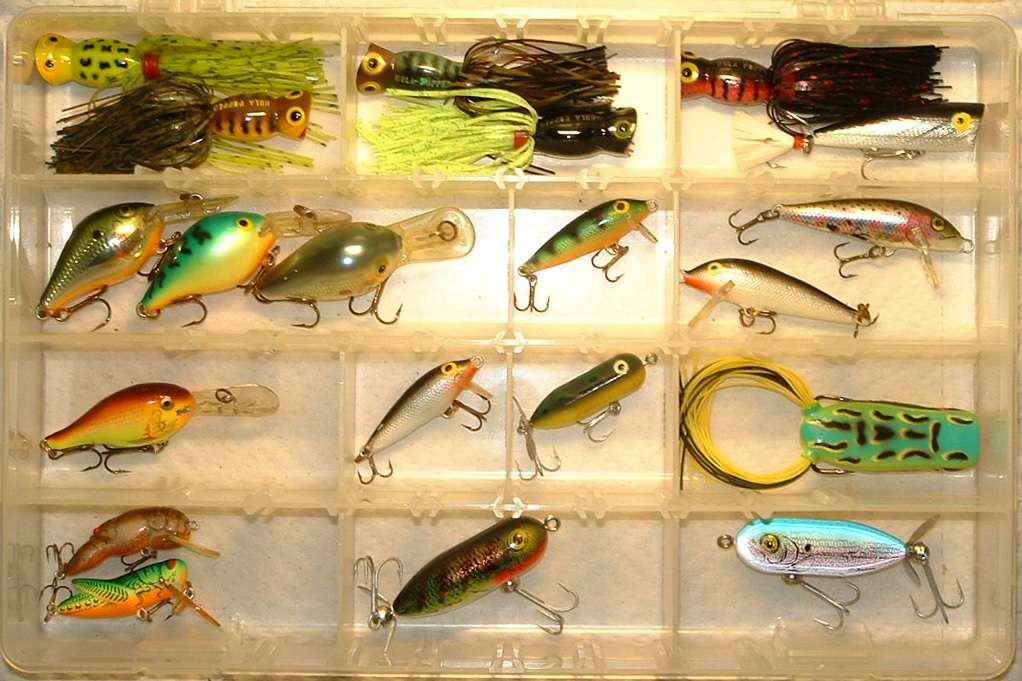
Help me pick out a few lures, that I am missing
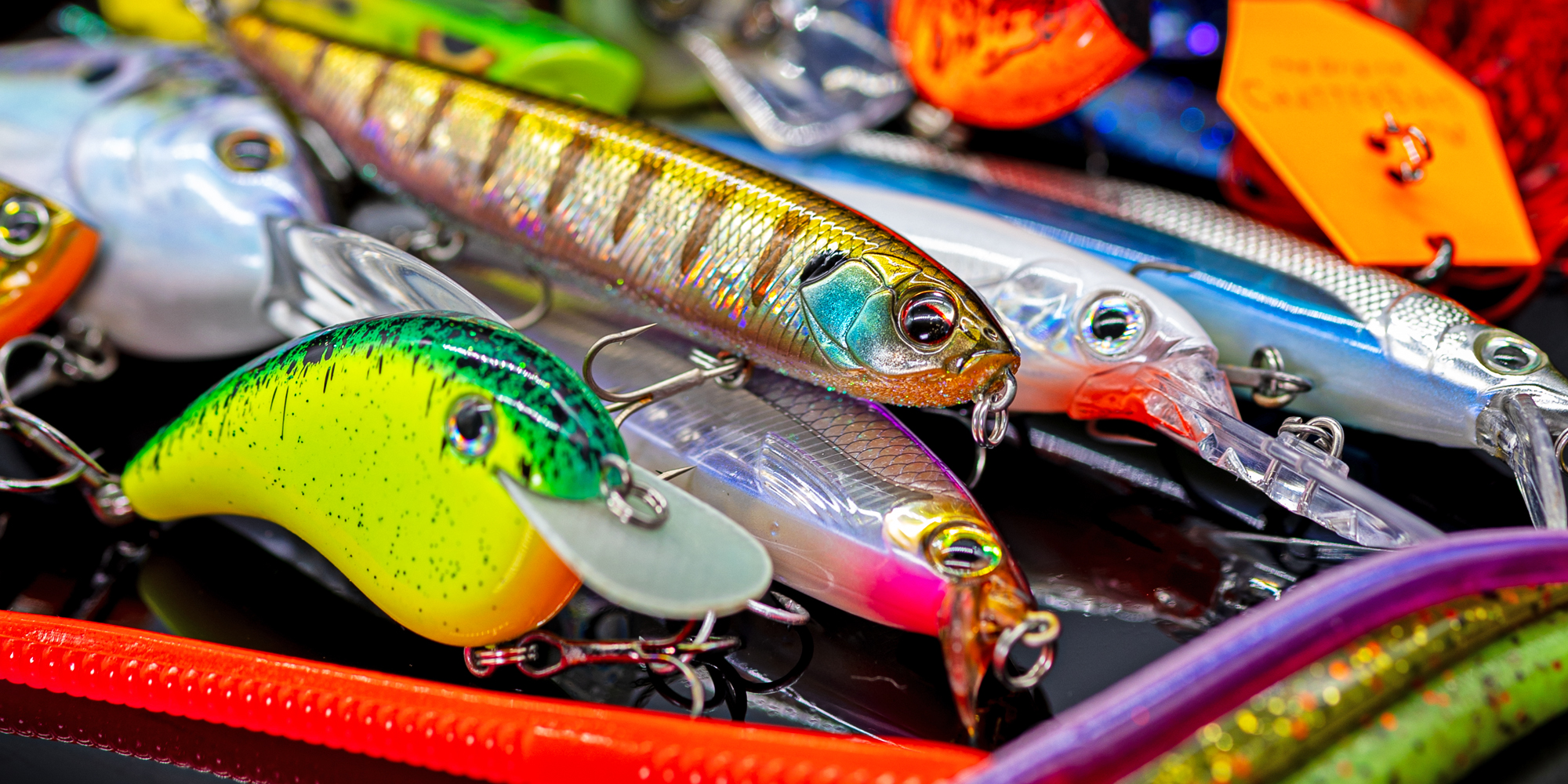
Color Blindness – When is color important … and when is it not


